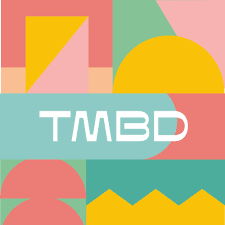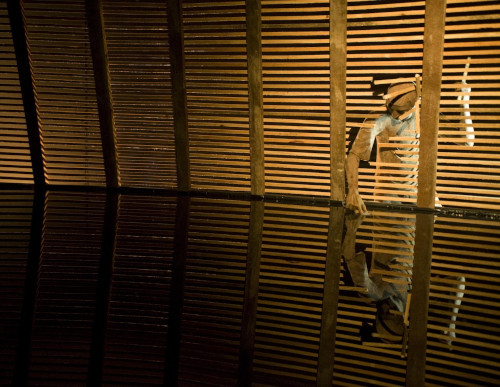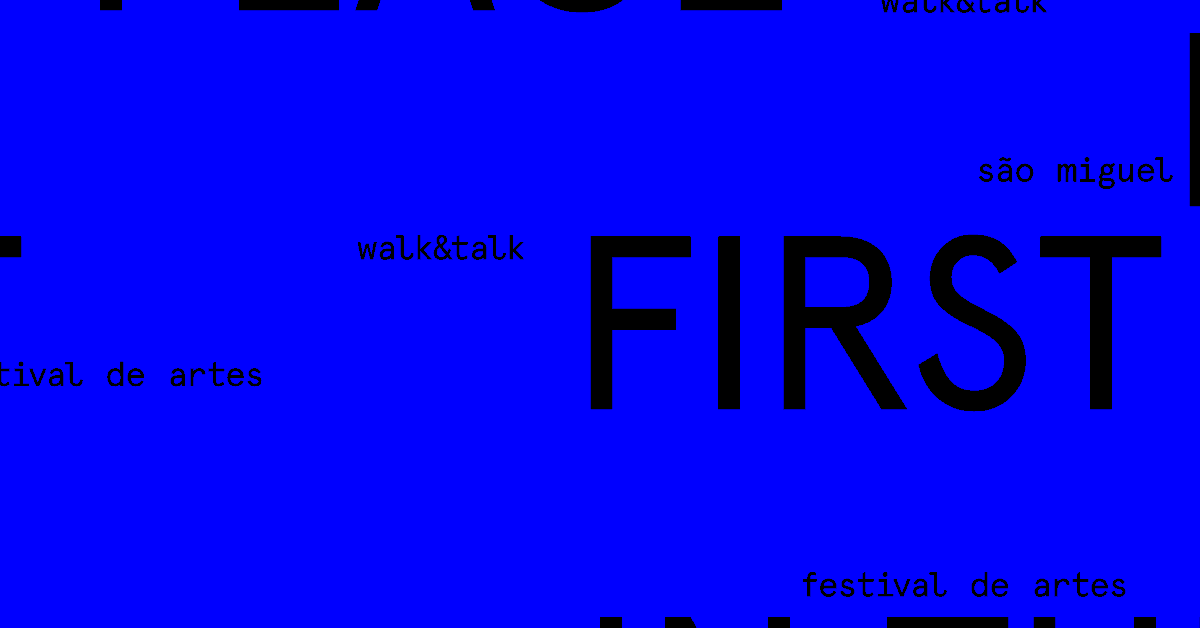Do you always try to create this dichotomy in his work?
MP: I really do not know and thankfully, because if I kwon knew more, I wouldn't do so much more. I think I would stay still! (Laughs)
You think so, why?
MP: I think the more we know we have more caution and care.
In terms of art, that's what you mean?
MP: I do not know if what I do is art because I feel exactly the opposite. I think a lot in my stuff, but there is one side of courage, which is not. It is a move forward, to think, to surprise and amaze me. Be more than it was before and everything that makes me moving.
You feel like that when you finish a work, or since the beginning of the creation of installation?
MP: I feel that since I wake up until when I go to sleep. Absolutely!
The means you use, video, sculpture and installations are very contemporary.
MP: I have a warehouse of junk at home. I have people who find things for me. They know what interests me, from toys to objects acquired in brick a brack or antiques. I give a theme and they seek. Then, I see if interest me. I collect a kind of alphabet, for many years. I have an image bank. I live with things and they are in my lexicon.
So how this process happens? It is a phrase or you look at the subject and create from there?
MP: It's both. Maybe there is a third that I do not remember; there is a great mix of stories.
Do you like to know the history of the objects, does this help?
MP: Yes, sometimes. Now I'm behind a photo album of a Portuguese man who made a trip from Lisbon to Copenhagen in 1932, before Hitler got into power and before the war in Spain. He made a journey with some friends, was a doctor and his story is beautiful. I found letters he wrote to Sinca, the brand, where he describes his experience with the car, which technical aspects he had found good and bad and changes in the car along the route. From these reports I can build a story.
Rebuilt it how?
MP: Right now it takes money. But beyond this constraint, the idea is to make the same trip in a car and take in a tow the model identical to the original car,a Morris, I'll go through the same places that the album shows and record this second trip, a second album, a diary facsimile eighty years later.
You currently developing a new art project tell us about it.
MP: I had an invitation to deliver a piece of public art in Liverpool. Is in a phase of study, but it seems to be going well. I did not know the city well, I realized that was brutally bombed in the second world war and when you walk the streets, people are not aware that new buildings occupy the space left by the old buildings were whole neighborhoods have disappeared from the map . Therefore, this has nothing to do with the work I do. The theme is about containers. It is a public art project, the P28, which has done shows in Lisbon, Alcântara and the CCB, this time they want to show my work in the Liverpool Biennial. The container will be turned into a big vacuum, with an ability to sniff the air and to pass it thru very large filter of 2.40 meters high and 2.40 meters wide. In this filter there is the design of the city of Liverpool and in the areas where air passes thru will leave stains after a few weeks. The particles projected are building a new kind of painting. Will clean the city.
It's also an ecological vision?
MP: Also. I'm cleaning up the city in a silly way. During 3 months with the amount of cubic meters of air that is filtered by calculating the area of the city, I wipe if everything is closed and there is no wind, about 8% of the city. With a machine which, in turn, has fans that use electricity, on the other hand, I am polluting. It is difficult to clean without any mess. Doing things without hurting. It is a set of unavoidable contradictions.
This is also visible in a project that you're developing in the U.S.
MP: I have done a lot of residencies since 2007. This will be the fifth or sixth year in which I participate, is a place where people share their experiences.
What kind of residencies are those?
MP: The residencies are places where the artist is invited, to works, to build or not, does whatever he want with his time and usually at the end presents an art show. In this case there is a conference on the desert in Arizona, between September and October, and I had an invitation from the local university to work on this topic. With this perspective, I've imagine a tank that shoots the desert and brings these images to the city. It is an infinite place. In Arizona, people do not live in the heat. The sun can reach 50 degrees Celsius; the locals live indoors with air conditioning. There is not an intense social life; people protect themselves, in the car or at home.
Why a battle tank?
MP: I thought a chariot of war, because the desert reminds me of Afghanistan, reminded me of Mars, where man must feel very isolated, even for a soldier, nothing should not be a peaceful place where there is only dust.
Could it be because is not familiar?
MP: The war in Vietnam was in a jungle, as well as Guinea. I don't know, I am digressing. Anyway, I got the idea of the car and coincidentally the director told me that was very near a military base with some of those tanks that had not gone to Afghanistan and at the university built the remote-controlled rover that went to Mars. They were enthusiastic about my idea, to be kind of a special envoy, after I film this reality and the movie is projected in the city. People share my perspective and see the desert. I will develop this project now until November 2012.











